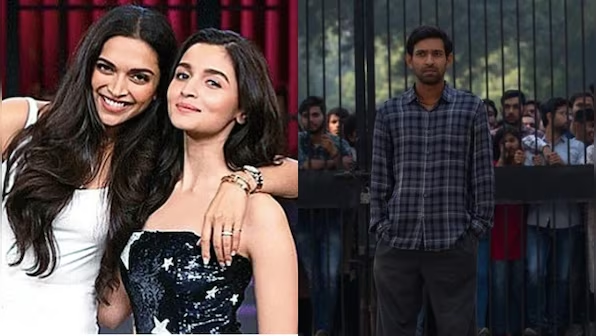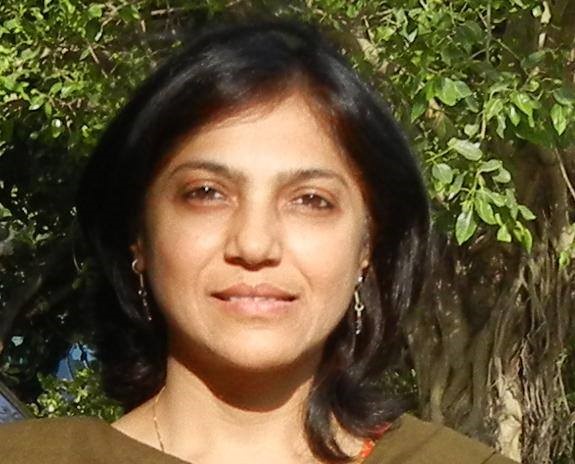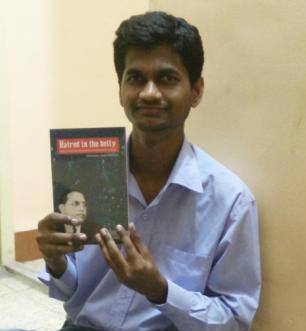Prerna Singh
The recent movie ’12th Fail’ has captured immense attention, becoming one of the most captivating and thought-provoking films in recent times. It tells the story of a poor Brahmin youth from a village, struggling to crack the UPSC exams.
Featuring characters like Manoj Sharma, Pritam Pandey, Shraddha Joshi, and Gauri Bhaiya, the film has been lauded for its power to inspire and evoke profound emotions, motivating the youth to work harder towards achieving their dreams. However, beneath this veneer of inspiration, there lies a potential hidden agenda: the appropriation of the EWS (Economically Weaker Section) quota.
The protagonist, a Brahmin boy from an ‘oppressor’ caste, is depicted as ‘poor’, despite his father being a government employee and his grandmother receiving a pension. The presence of a gun in the household further suggests a refusal to acknowledge the existence of caste privileges in the village.
The film seems to justify the need for the EWS quota, focusing solely on the financial struggles of Sharma, a Savarna (upper caste) individual. It overlooks the fact that Sharma, despite his economic challenges, faces no discrimination based on his caste—a reality that a person from an underprivileged background would likely confront. The film highlights Sharma’s acceptance in various social settings, possibly influenced by his surname, without acknowledging the broader privileges associated with it.
Additionally, the Brahminical alliance is evident in how Pritam Pandey readily supports Manoj Sharma. One wonders whether a Dalit individual would receive such a warm welcome without being looked down upon.
By focusing only on Sharma’s financial condition and neglecting other relevant aspects of a UPSC aspirant’s life, the film underscores how Savarnas can support such individuals, mainly through the provision of the EWS quota. Furthermore, the film subtly compares the number of attempts allowed for backward category students (six) with those for general category students (four), implicitly questioning the merit of the former.
’12th Fail’ appears tailored for a Savarna audience, highlighting the victimisation of upper-caste individuals and advocating for reservation under the EWS quota to enhance their social status. As cinema plays a crucial role in shaping public opinion, this movie might contribute to the appropriation of the EWS quota, a concern that needs to be acknowledged and addressed.
~~~
Prerna Singh is an intern at a medical college in Uttar Pradesh. She loves to read Ambedkarite literature and is working to unify doctors across the country on social media platforms.
Image courtesy: the internet.










